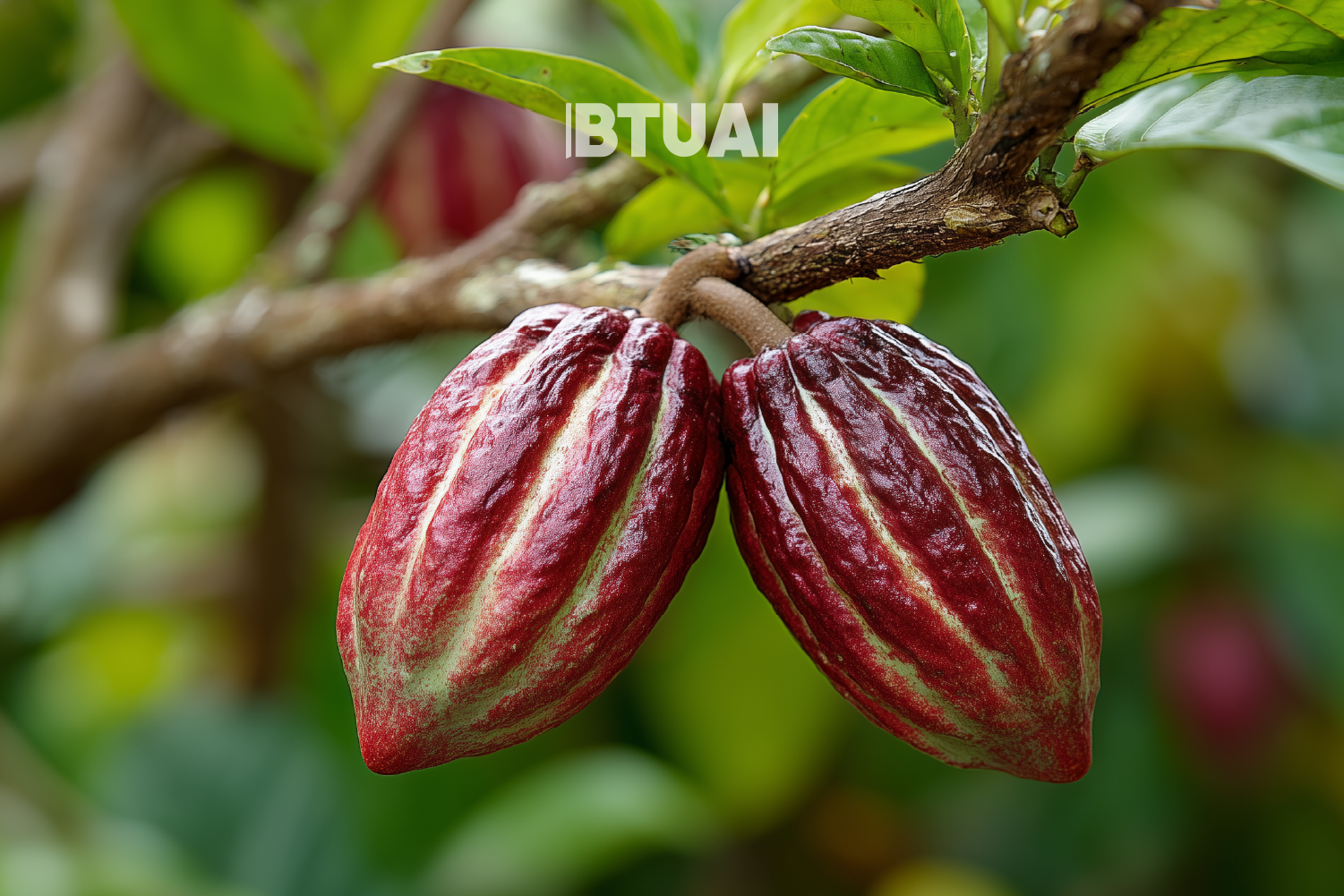Coconuts in Georgia: Small Volumes, High Prices and Global Dependencies
Coconut imports in Georgia may look insignificant at first glance: the volumes are small, the value is just a

Coconut imports in Georgia may look insignificant at first glance: the volumes are small, the value is just a fraction of the country’s overall trade, and coconuts are not a staple of the daily diet. Yet, when the statistics are read closely, these small figures tell a much bigger story – about how small economies are tied into global trade chains, how intermediary hubs shape prices, and how vulnerable a country like Georgia is to global shocks.
In 2024, Georgia imported a total of US$136,000 worth of coconuts, equivalent to 92 tonnes (ITC). The average price was US$1,478 per tonne, much higher than global raw coconut levels. This suggests that Georgia is not importing cheap raw coconuts but rather more expensive or semi-processed products, used mainly in confectionery, beverages, and niche food markets.
If converted into actual nuts, with the average coconut weighing 1.2–1.5 kg, 92 tonnes equals about 60,000–75,000 coconuts. Spread across the country, this is very small, confirming that coconuts in Georgia serve a niche market linked to urban lifestyles, modern food trends, and vegan or healthy eating segments rather than mass consumption.
In 2024, 98.5% of Georgia’s coconut imports came from the Netherlands (90 tonnes, US$134,000), while Turkey and Ukraine supplied only symbolic amounts. The Netherlands produces no coconuts; instead, it acts as a European processing and redistribution hub, importing from Southeast Asia, certifying and packaging, and re-exporting to markets like Georgia. Because of this “middleman effect,” Georgia pays more than it would if the coconuts were imported directly from Asia.
This hub role extends beyond raw coconuts. In 2023, Georgia imported coconut oil worth US$1.46 million, mostly from Malaysia and Indonesia. The Netherlands’ share was only minor. This shows that while the Dutch dominate in raw or semi-processed coconuts, Georgia’s larger import flows – especially oils – come directly from Asia.
In the same year, Georgia also imported coconut fibre coverings (coir) worth US$23,800, with the Netherlands again among the top suppliers. This illustrates the Dutch role in niche coconut-based products, from oils to fibres and desiccated coconut.
Globally, the coconut market is highly concentrated. Over 70% of the world’s coconuts are produced by just three countries – the Philippines, Indonesia, and India. In 2022, Indonesia produced 17.2 million tonnes, the Philippines 14.9 million, and India 13.3 million. This concentration means that harvest failures or climate shocks in just one country can send ripples across global prices. In fact, declines in Indonesia and the Philippines in 2022–2023 already caused sharp price increases, hitting smaller economies like Georgia the hardest.
In Europe, the Netherlands is the main gateway. In 2022 it imported 36,000 tonnes of desiccated coconuts worth €97.7 million, almost half of all EU imports. But Dutch domestic consumption is far smaller – most of these coconuts are re-exported. This so-called “Rotterdam effect” highlights how Dutch import figures reflect transit flows rather than consumption.
In Georgia, coconut imports have been rising, even if volumes are small. In 2020, imports were valued at less than US$80,000; by 2024, the figure had grown to US$136,000. This increase reflects both growth in confectionery markets – where coconuts are used in cakes and sweets – and the expansion of vegan and healthy food segments, where coconut oil and coconut milk are in rising demand.
There is also a seasonal pattern. Importers often bring in shipments during peak demand periods: New Year holidays, Easter, and the summer tourist season. This reliance on small, seasonal consignments further raises prices, as economies of scale are limited.
Georgia thus faces a double reality. On one hand, importing via the Netherlands ensures standardized, EU-certified products that fit easily into small-lot shipments. On the other, this system raises costs and makes the country more vulnerable to global price swings. Unlike some agricultural goods, coconuts have no domestic production alternative in Georgia – the country is entirely dependent on imports.
Taken together, these facts show two structural realities: coconuts and their derivatives in Georgia remain a niche, relatively expensive market segment, while at the same time the country is reliant on intermediary European hubs, which raises costs and reduces flexibility.
This article is based on International Trade Centre (ITC) statistics (sourced from the Ministry of Finance of Georgia) and complemented by global trade research. What appears to be a small and niche import sector in Georgia is in fact tied into much broader economic, logistical, and structural dynamics of the global coconut trade.




